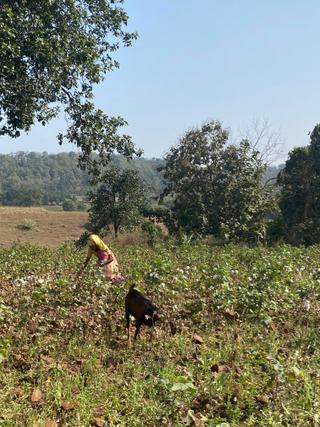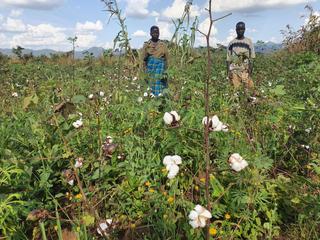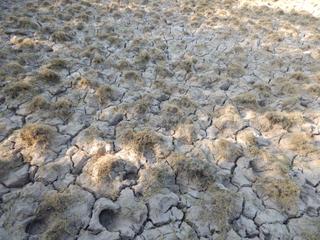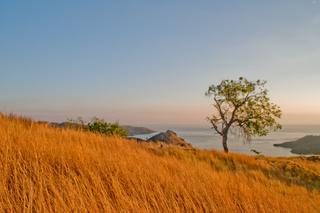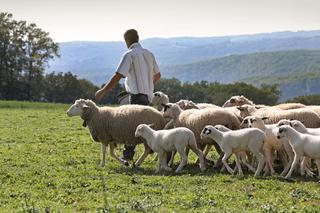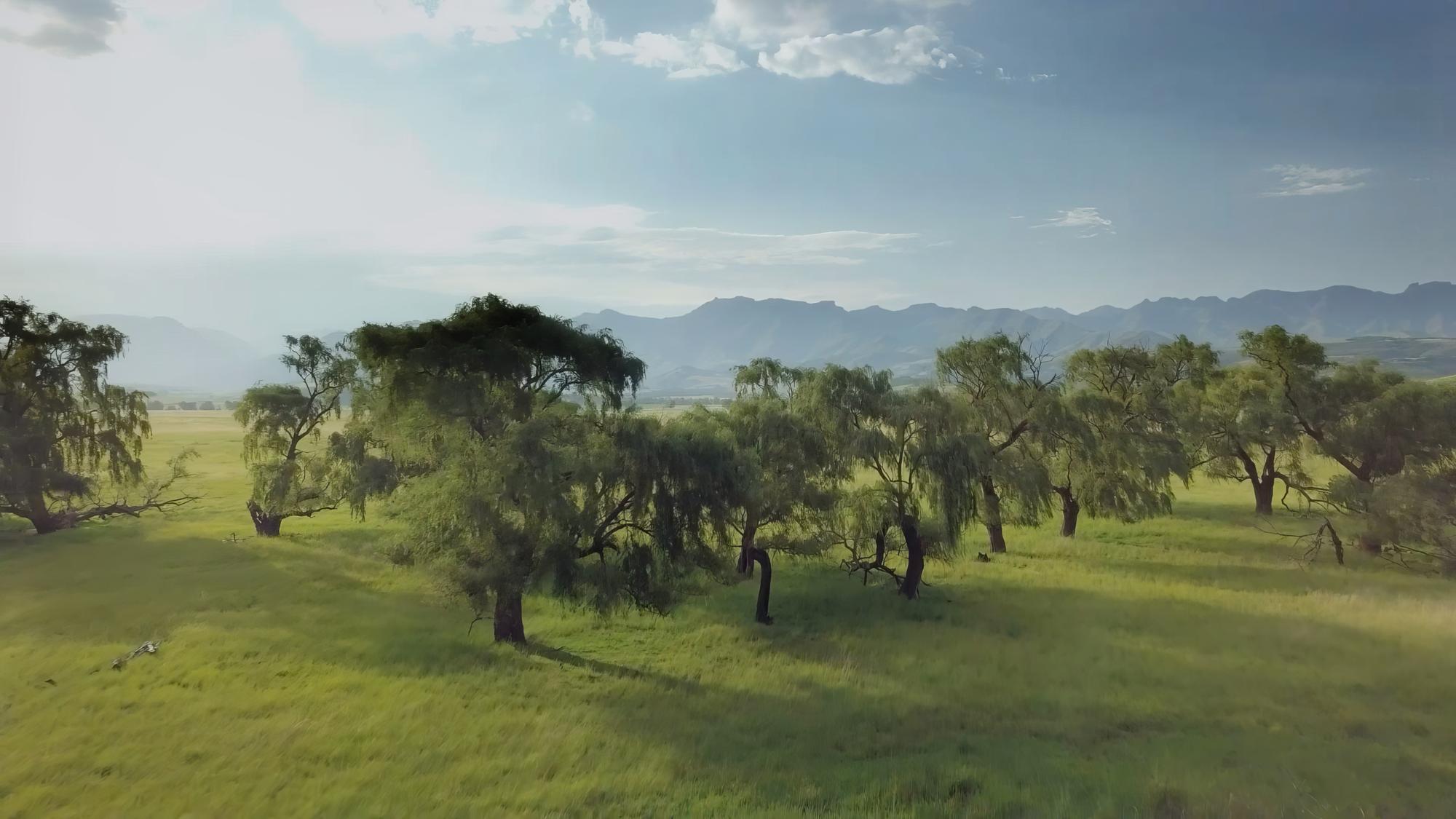
For the good, from the ground up.
Nature provides the leather in our shoes and handbags, the cotton in our T-shirts and jeans, and the wool and cashmere in our sweaters.
But making these materials comes with a high environmental cost — leading to deforestation, water pollution, biodiversity loss and greenhouse gas emissions.
The good news? There is a better way. By adopting farming practices that work with nature, we can protect nature and our climate, while supporting the people who grow and produce these raw materials.
That’s the idea behind the Regenerative Fund for Nature. The fund supports innovative approaches to agricultural production by working with nature, not against it — starting with the fashion industry — to reduce the environmental impact of agriculture while helping local communities thrive.

2024 Annual Report
We are pleased to share the 2024 Annual Report for the Regenerative Fund for Nature. This report highlights the remarkable progress and positive impact the Fund has achieved in the past year.

1 MILLION HECTARES
The fund aims to transform fashion supply chains by shifting 1 million hectares (2.5 million acres) of farms and grazing lands to regenerative agriculture spaces by 2026.

4 FASHION MATERIALS
The fund focuses on the fashion commodities with the highest production volumes and impact on nature - leather, cotton, wool and cashmere.
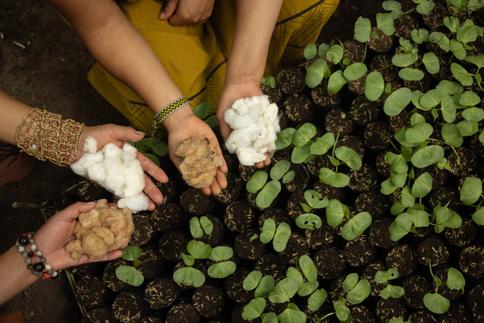
100,000 PEOPLE BENEFITTING
The fund currently benefits 100,000 farmers, ranchers, and herders around the globe.
13 PROJECTS IN 8 COUNTRIES
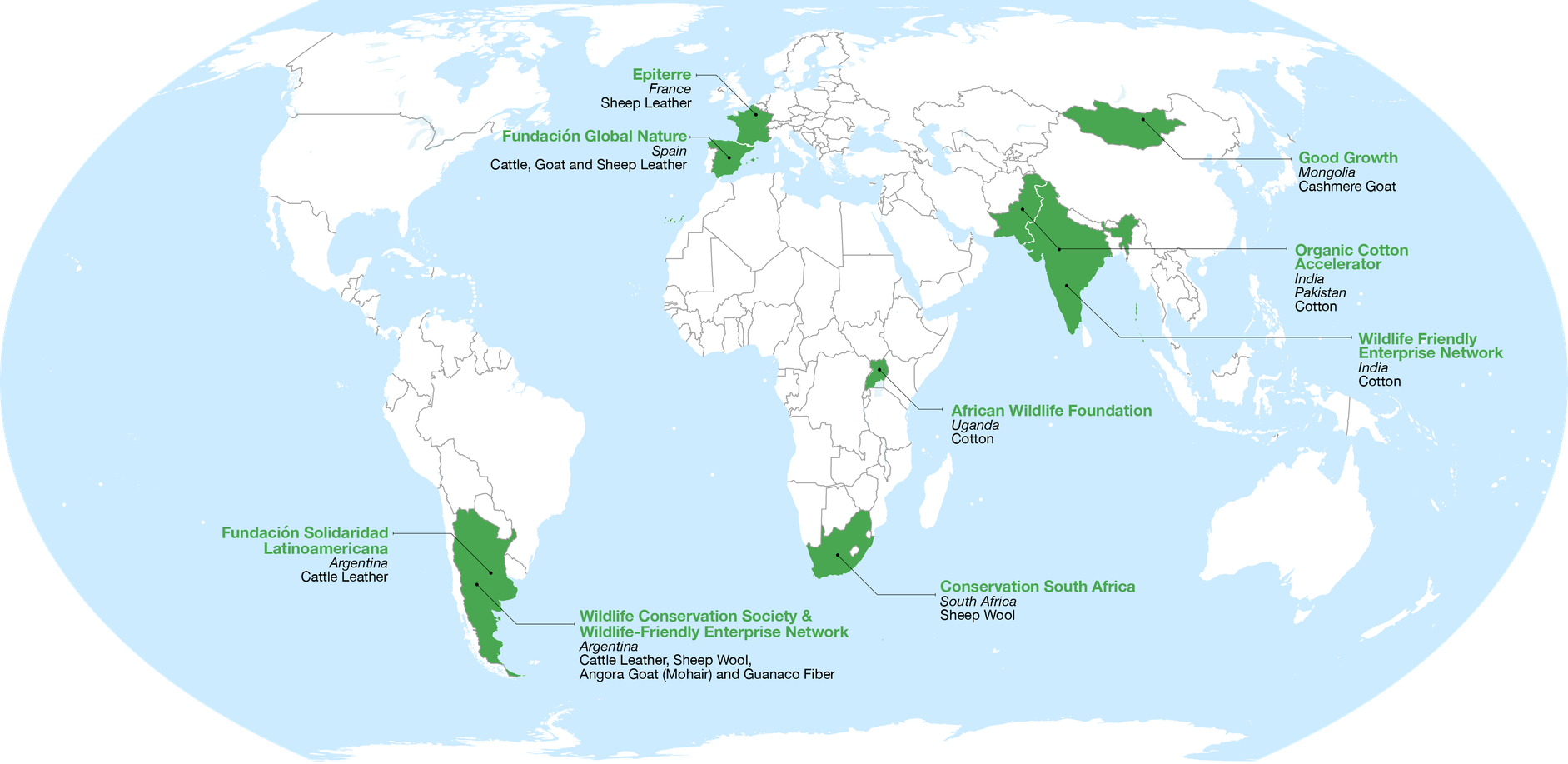
What is regeneration?
Regeneration is about restoring and revitalizing nature hand in hand with local communities — especially through the way we steward and manage land. It starts with collaboration: listening to and co-creating the vision of local communities, assessing the environmental, social, and economic context of the land and making decisions together.
In productive land use systems, regeneration means using practices that restore soil health, support biodiversity, improve water cycles, build climate resilience and strengthen local livelihoods. It’s not a one-time fix, but an ongoing process that evolves with the land and the people who steward it. The goal is to create landscapes that can renew themselves — generation after generation.
At its heart, regeneration is a mindset shift. It means looking beyond short-term outcomes and focusing on long-term well-being — for people, nature and the climate. It’s about building trust, shared values and lasting relationships that make real, lasting change possible.
Regenerative Fund for Nature principles
The Fund tracks its impact using a set of core principles, which were updated in 2024:
Monitoring and evaluation
Measuring the fund’s impact is critical to ensuring lasting results. In 2024, the team launched a Monitoring and Evaluation Framework to track progress across the fund’s six core principles: soil health, biodiversity, climate, water, livelihoods and animal welfare. This framework translates the fund’s principles into clear measurable outcomes — using indicators, metrics, proven methods aligned with industry standards and best practices.
The “Regenerative Fund Measurement and Evaluation Framework” was designed to intentionally align with established measurement standards such as Science Based Targets for Nature (SBTN), Volumetric Water Benefit Accounting (WVBA), European Animal Welfare Indicators (AWIN) and Welfare Quality protocols, Textile Exchange Regenerative Outcomes Framework (TE ROF) and One Planet Business for Biodiversity (OP2B). By aligning with industry practices and global standards, the fund can connect the efforts of the private sector, field operations and international standards and frameworks to drive broader integration across corporate industries.
Current projects and grantees
To reshape the fashion industry’s relationship with nature, the fund issues grants to implementation partners, farming communities, project leaders and non-governmental organizations that are implementing regenerative approaches:
Current partners
Conservation International
Conservation International is working to promote regenerative agriculture as a global solution for people, nature and the climate. By combining science, field programs, corporate partnerships and government engagement, Conservation International is aligning stakeholder commitments and investments in priority landscapes to drive conservation, sustainable production and improved livelihoods at scale. In addition, Conservation International manages the fund and provides technical input into project selection and implementation.
Kering
A global Luxury group, Kering manages the development of a series of renowned Houses in Fashion, Leather Goods and Jewelry: Gucci, Saint Laurent, Bottega Veneta, Balenciaga, Alexander McQueen, Brioni, Boucheron, Pomellato, DoDo, Qeelin, Ginori 1735 as well as Kering Eyewear and Kering Beauté. By placing creativity at the heart of its strategy, Kering enables its Houses to set new limits in terms of their creative expression while crafting tomorrow’s Luxury in a sustainable and responsible way. We capture these beliefs in our signature: “Empowering Imagination.”
Inditex
Inditex is one of the world’s largest fashion retailers -with brands as Zara, Pull&Bear, Massimo Dutti, Bershka, Stradivarius, Oysho and Zara Home, operating in more than 200 markets through its online platform and stores. Its integrated business model is focused on meeting customer demands through a quality fashion proposition and a unique customer experience. The Group is firmly committed to sustainability, with ambitious goals as using only preferred textile fibers by 2030, achieving net zero emissions by 2040 and promoting nature conservation.

